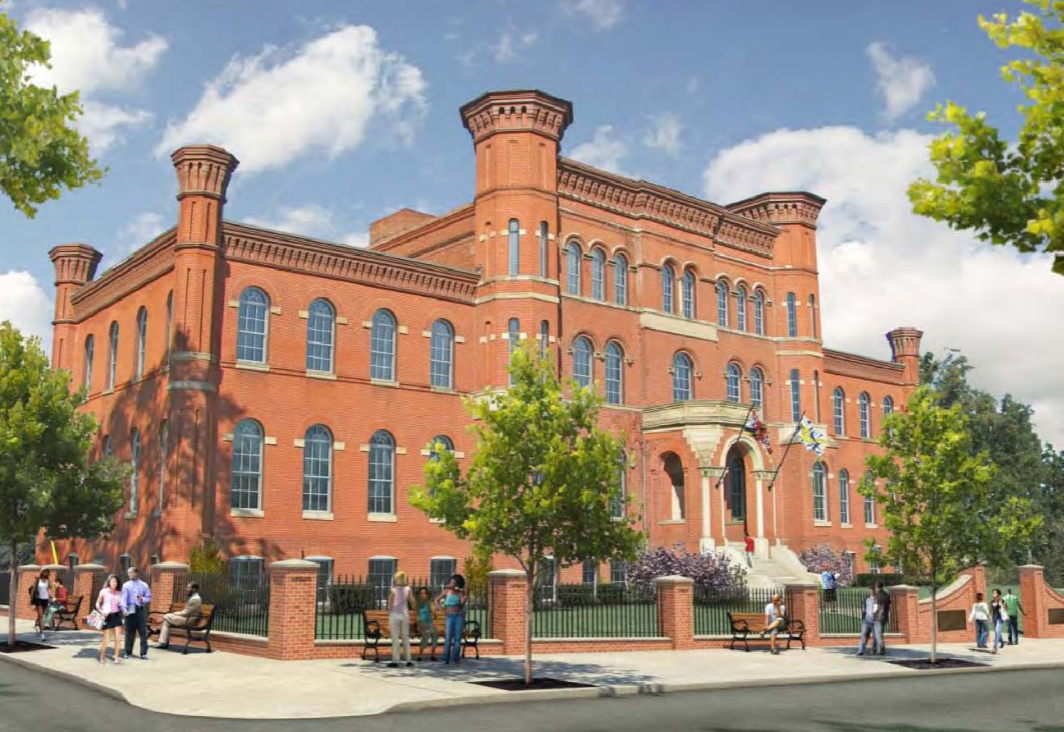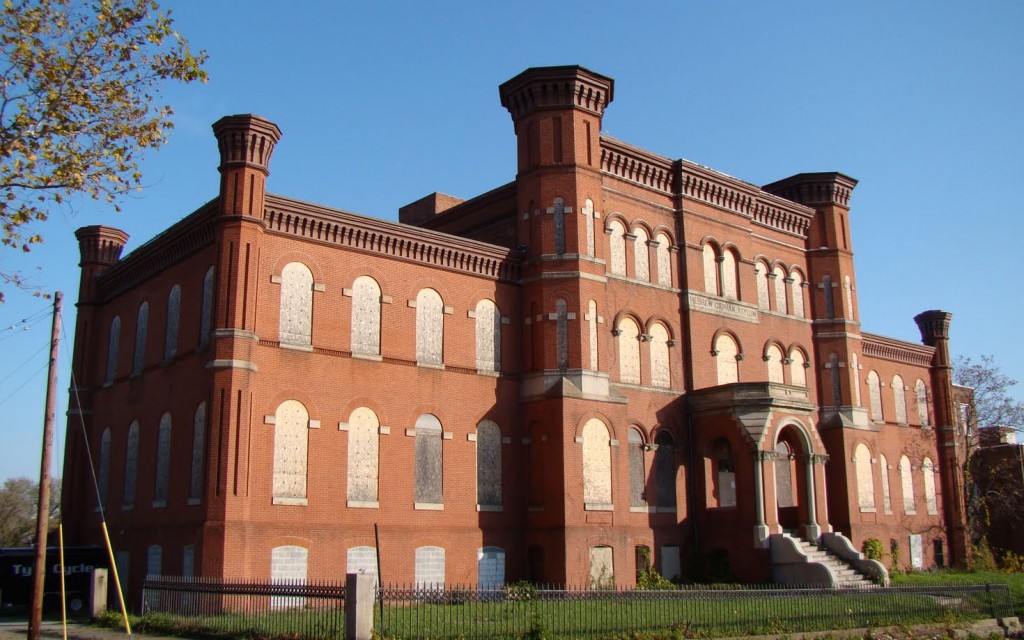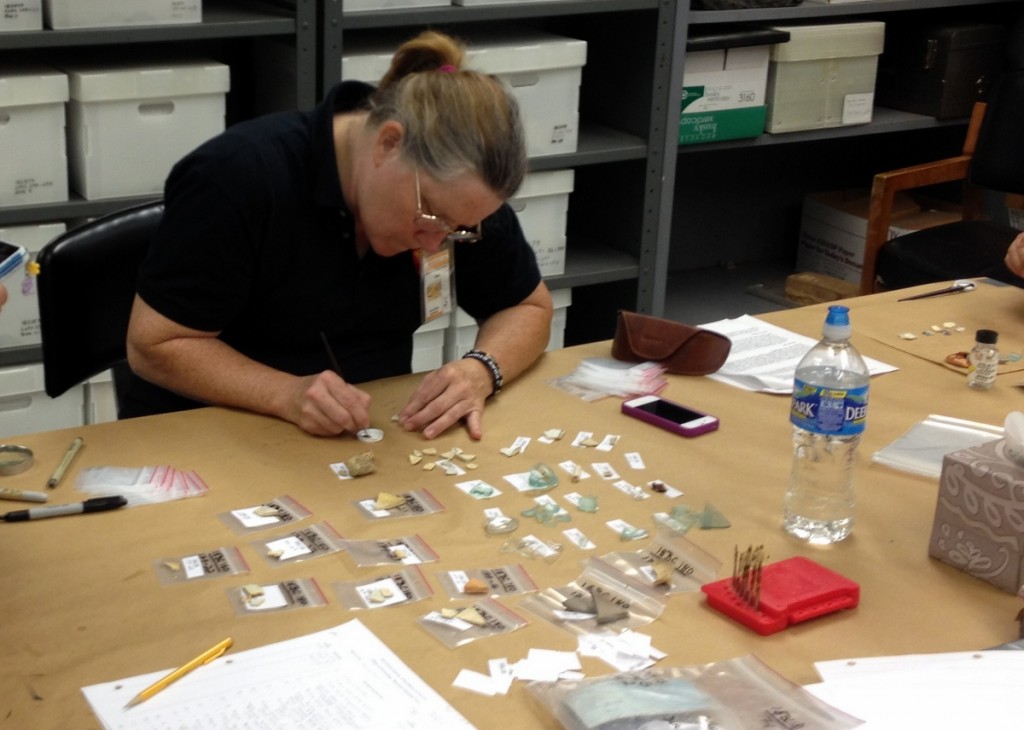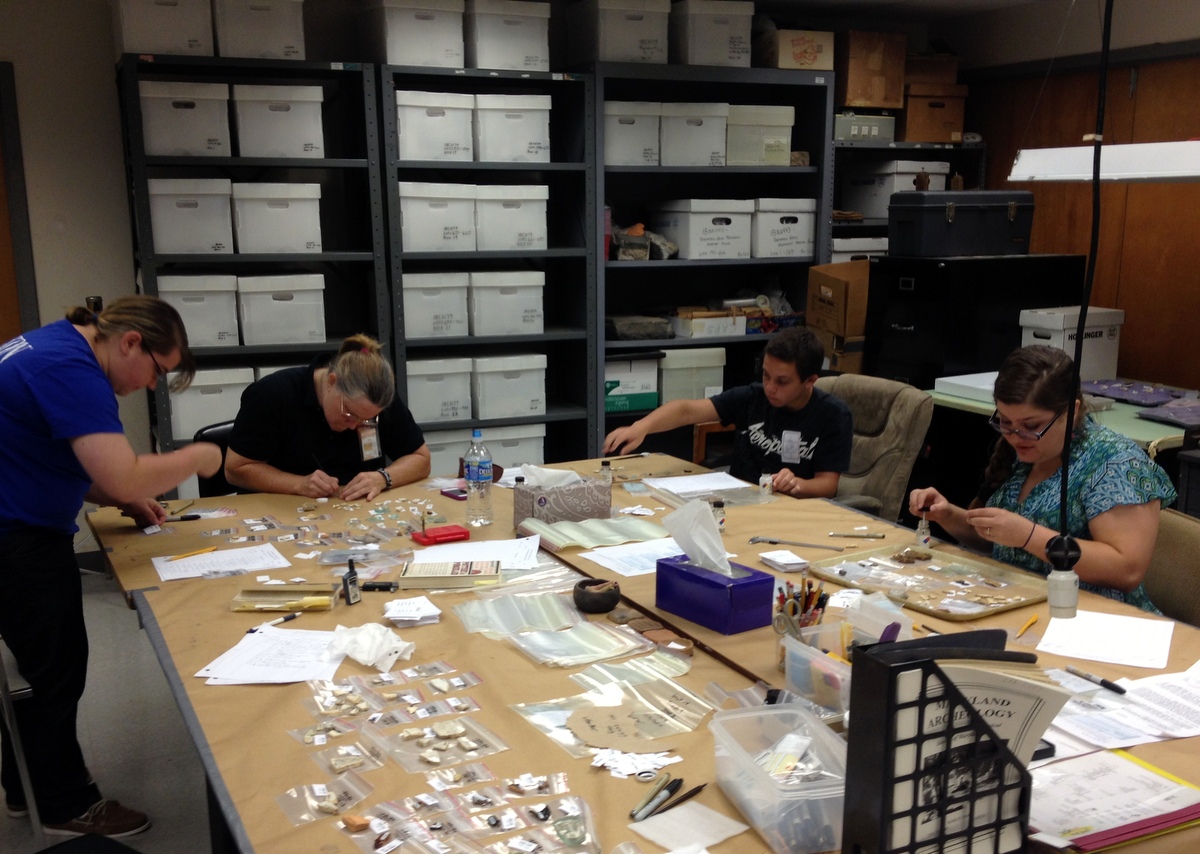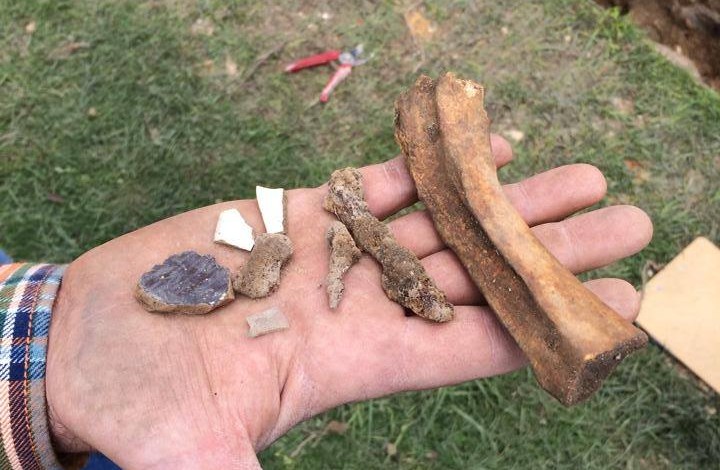Over the last several weeks, the effort to restore Baltimore’s Hebrew Orphan Asylum took a big step forward when Coppin State University, which purchased the building in 2003, and the University of Maryland agreed to sell the property to the Coppin Heights Community Development Corporation.
For nearly five years, the Coppin Heights CDC and Baltimore Heritage have led a tireless effort to rehabilitate and reuse the Hebrew Orphan Asylum. As the Baltimore Sun reported last month, the CDC is planning $12.4 million rehabilitation and to open the building in December 2015. The CDC’s architect, Kann Partners, recently completed detailed construction plans and is working with engineers and contractors to hammer out the details.
As soon as this transfer is complete, the Coppin Heights CDC is prepared to begin rehabilitation work transforming the building into the new Center for Healthcare and Healthy Living with Total Health Care Inc. as the building’s new tenant. Total Health Care currently operates eight clinics in West Baltimore and will use the entire building for a clinic, physician offices and a pharmacy. Community residents and anyone interested in the future of this West Baltimore landmark are encouraged to attend the “Prelude to Victory” meeting next week to discuss the next steps on the project. Although we are not opening the champagne bottles yet, the future for Baltimore’s Hebrew Orphan Asylum looks brighter than ever.
